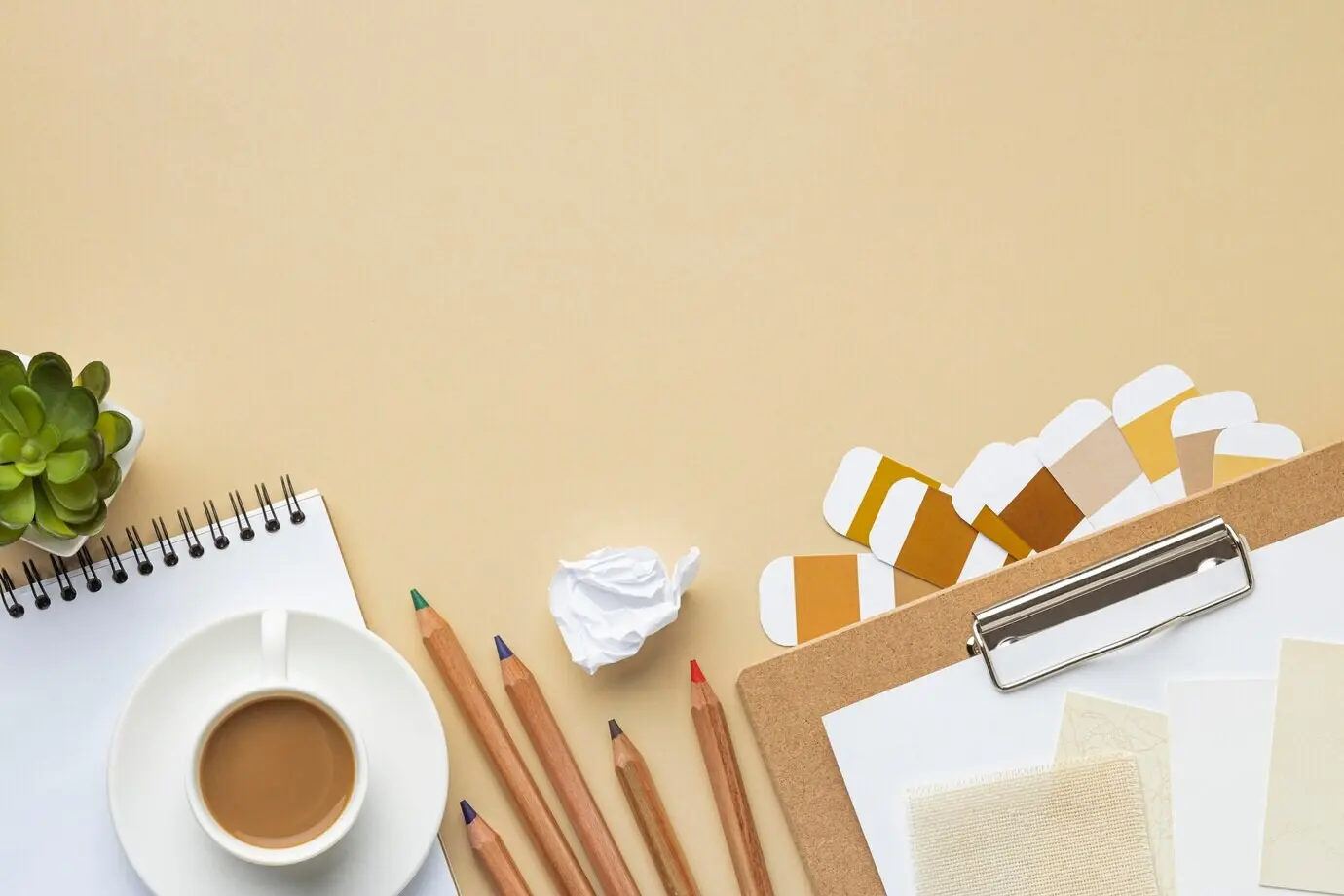Build Your Confidence: Tools and Techniques for First-Time DIYers
Your First Toolbox, Without the Overwhelm
Tape Measure Secrets You’ll Actually Use
Squares and Levels: Your Portable Truth
Marking That Doesn’t Lie
Cutting and Drilling with Confidence
Fasteners, Anchors, and Reliable Joints
Screws That Bite and Don’t Split
Choose screws with the right thread for wood, metal, or masonry, and pick lengths around two-and-a-half times the thinner piece’s thickness. Drill pilot holes to reduce splitting, especially near edges and ends. Countersink when you want a flush head. Use quality driver bits to reduce cam-out. Keep a small assortment box labeled by size. Test on scrap to dial in clutch settings. These habits yield snug joints that stay tight, resist creep, and feel reassuringly solid.
Nails, Brads, and When a Hammer Still Wins
Nails excel where slight flex is helpful, like trim that moves with seasons. Brads hold delicately without splitting thin stock. A well-placed hammer tap can straighten misaligned boards and set fasteners without tearing fibers. Pre-set nails into the board and finish with controlled taps for a clean look. Use a nail set to sink heads slightly below the surface before filling. Knowing when to choose nails over screws keeps projects lighter, faster, and visually cleaner overall.
Wall Anchors That Actually Hold
Match anchors to wall type: plastic expansion for light loads in drywall, molly bolts for medium strength, and toggles for heavy shelves or mirrors. Locate studs with a reliable finder when possible, and pre-drill to size. Test pull strength on hidden areas if unsure. Always verify load ratings, and distribute weight across two points when practical. Careful anchor choices protect walls, preserve hardware, and prevent dramatic midweek crashes. Your future self and favorite frames will sincerely thank you.
Surface Prep and Finishes That Impress


Sanding Like a Pro, Even by Hand
Work through grits in sequence, usually 80 to 120 to 180, removing previous scratches before moving on. Sand with the grain, and use a block to maintain flatness. Wipe with a damp cloth to raise fibers, then finish with a lighter pass. Vacuum dust from corners and pores, not just the surface. Cleanliness determines finish smoothness. Small, steady pressure beats heavy, hurried strokes every time. When the light rakes across a panel smoothly, you know you’re ready.


Primer: The Quiet Hero of Clean Lines
Primer seals porous surfaces, evens color, and boosts adhesion so topcoats glide and cover predictably. Spot-prime repairs to prevent flashing. Use a dedicated bonding primer on glossy or previously finished pieces to avoid peeling. Sand lightly after priming to knock down raised grain. Tape edges carefully and remove tape while paint is still slightly soft for crisp lines. This gentle, staged approach saves coats, reduces touch-ups, and delivers the kind of finish that looks intentionally professional.
Safety, Setup, and Care That Keep You Building
Protecting Eyes, Ears, Lungs, and Fingers
Wear safety glasses any time tools move or materials snap. Use hearing protection during cutting or drilling to reduce fatigue and preserve focus. A good dust mask or respirator protects lungs while sanding and finishing. Gloves help with splintery lumber but remove them around spinning bits. Tie back hair, avoid loose sleeves, and keep a clear stance. Pause when distracted or rushed. Respect these basics and you’ll build more often, with fewer scares and steadier hands.
A Workspace That Invites Momentum
Good light, a stable surface, and clear floor space make every step easier. Add a scrap bin for test cuts and a small vacuum for quick resets. Store frequently used tools within arm’s reach and stage materials in order of use. Manage cords with hooks or retractors to avoid trip hazards. Keep a pencil, square, and tape measure at every station. A tidy, inviting setup reduces resistance, protects your focus, and turns short windows of time into real progress.